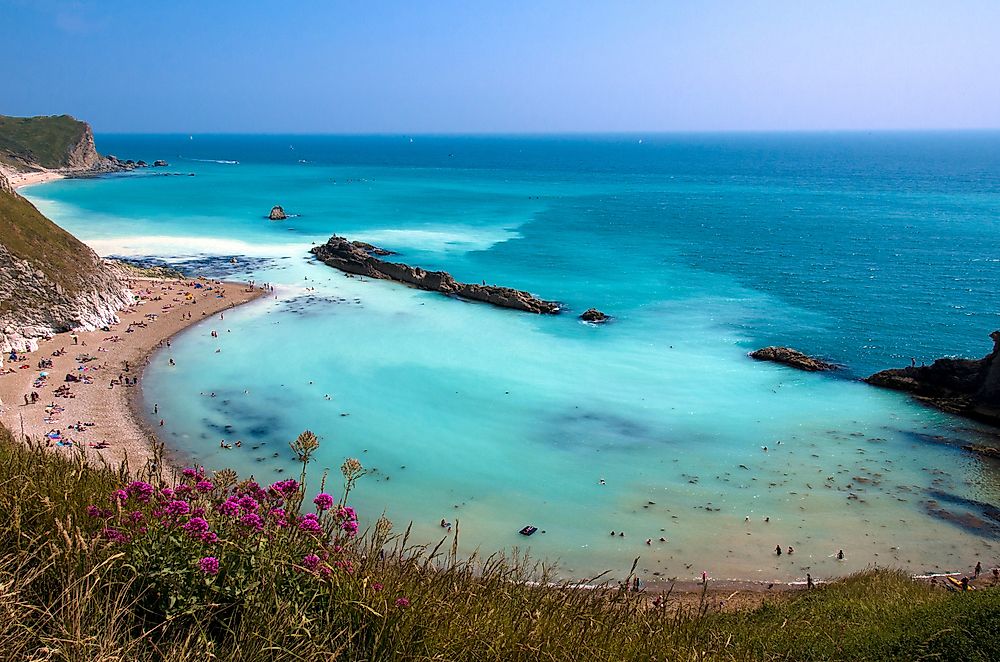What Is The Difference Between A Bay, Gulf, Cove, and Fjord?

A bay, gulf, cove, and fjord are coastal landforms with some similarity and some distinct features that distinguish them from each other. These landforms are created through complex geological processes including plate tectonics and coastal erosion. All the four landforms are formed near water bodies such as oceans and sometimes lakes. They differ in their geological geographical processes that lead to their formation. The coastal landforms are common in different places around the world and are often important tourist and commercial sites. Below is a summary of each of the landforms
What Is A Bay?
A bay and a gulf are almost similar except that a bay is smaller than a gulf. A bay connects to a larger water body such as an ocean or a lake. It is partly surrounded or demarcated by land and has a wide mouth which accesses the water body. Bays can be formed in various ways. Large bays were created as a result of plate tectonics. As Pangaea super-continent broke along the indented fault line, the continents moved apart leading to the formation of the largest bays in the world. The largest bay in the world is the Bay of Bengal. Glacial and river erosion are also responsible for the formation of a bay.
What Is A Gulf?
A gulf is a large bay. It is the portion of the sea that penetrates into land or a deep inlet to the sea that is partly surrounded by land. Just like a bay, gulfs are formed as a result of plate tectonics. As the Pangaea super-continent broke along the curved fault line, continents separated leading to the formation of large bays known as gulfs. The Gulf of Mexico formed about 300 years ago through plate tectonics. It originated in Lake Triassic as a result of rifting in the Pangaea. Gulfs are important for commerce and tourism while agricultural activities may be practiced nearby.
What Is A Cove?
A cove is a small bay or a coastal inlet. It has a narrow and restricted entrance and is often circular or oval in shape. A cove is often located within a large bay. The term cove can also be used to refer to a sheltered bay. Coves are created through a process of differential erosion that takes place when softer rocks are eroded faster than the harder rocks surrounding them. The rocks are eroded to form circular or oval bays with narrow inlets. Coves are different from bays and gulfs in that the latter two have larger or broader entrances. Examples of coves include Lulworth and Stair Hole.
What Is A Fjord?
The fjord is a Norwegian word which translates to a “long narrow body or water.” Fjords are long narrow inlets characterized by steep sides or cliff. They are formed by the glacial process when glacier washes away the bedrock as it moves down. Through ice segregation, the glacier cuts a U-shaped valley on the surrounding bedrock. Some of the fjords such as Sognefjord in Norway are deeper than the adjacent seas and may be as deep as 4,264 feet. Other notable fjords around the world include Fjærlandsfjord, Hardanger Fjord, and Hornindalsvatnet











